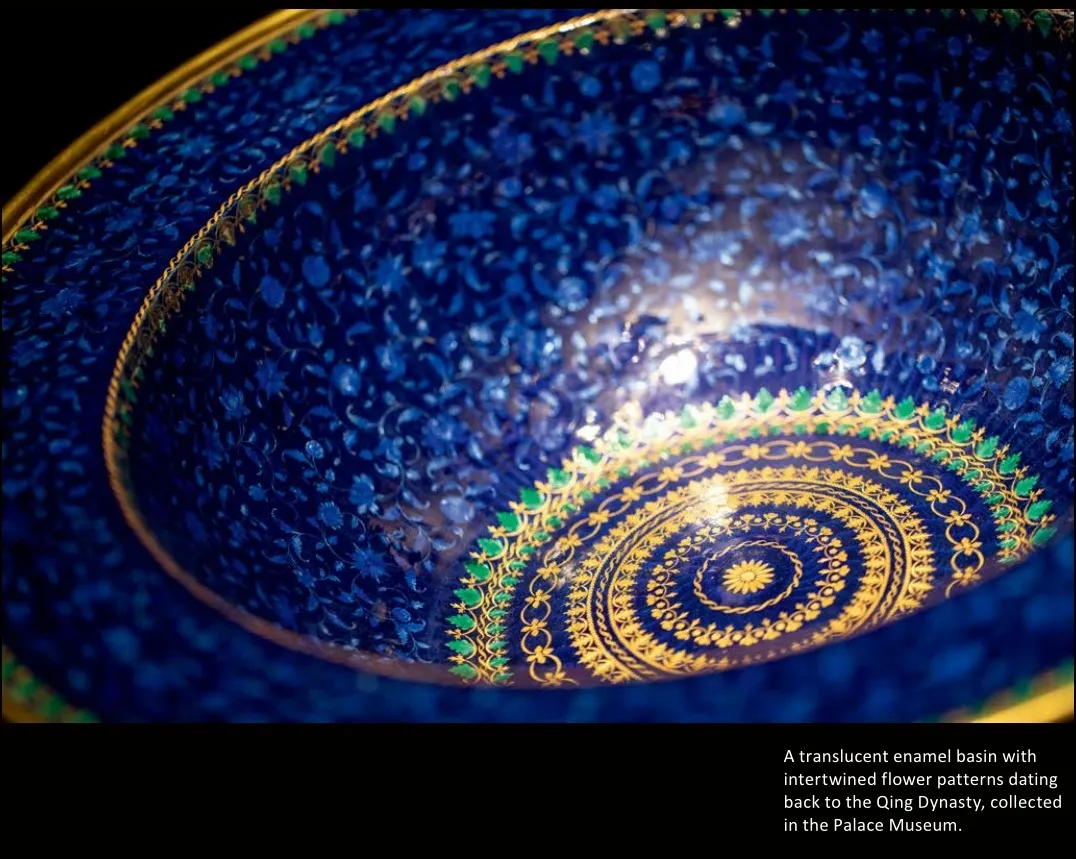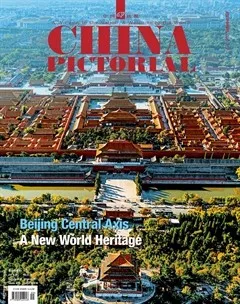Intersection of the Forbidden City and the Palace of Versailles
The year 2024 marks the 60th anniversary of the establishment of diplomatic relations between China and France as well as the China- France Year of Culture and Tourism. The exhibition “The Forbidden City and the Palace of Versailles: Exchanges between China and France in the 17th and 18th Centuries,” co-organized by the Palace Museum and the Palace of Versailles, was staged in the Hall of Literary Brilliance of the Palace Museum from April 1 to June 30 this year, attracting numerous visitors from China and beyond.
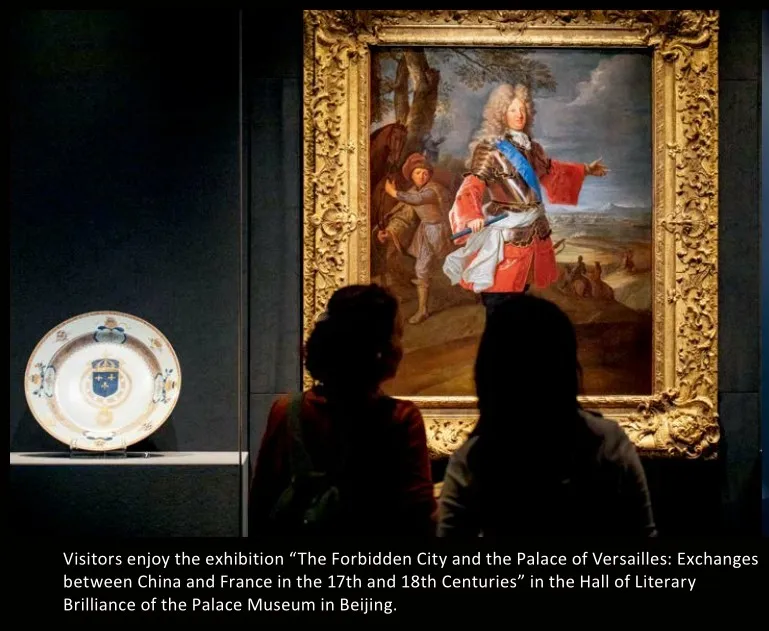
The period from the second half of the 17th century to the 18th century was a golden age for royal and cultural exchanges between China and France. The exhibition displayed about 200 cultural relics from the Palace Museum, the Palace of Versailles, and other collection institutions, showcasing a history of cultural exchange between the two countries across more than 100 years.
Dragon and Fleur-de-lis Dance Together
The first section of the exhibition was named “The Encounter of the Dragon and the Fleur-de-lis.” The dragon was a symbol of emperors in ancient China, while the fleurde-lis was a symbol of the French royal family. These two symbols first encountered each other in 1688, when King Louis XIV of France dispatched six Jesuits to Beijing, who were received by Emperor Kangxi(1662-1722) of the Qing Dynasty(1644-1911). Two of them were chosen to teach Emperor Kangxi Western mathematics. This encounter forged deep friendship between the two monarchs and opened a new chapter for cultural exchange between China and France.
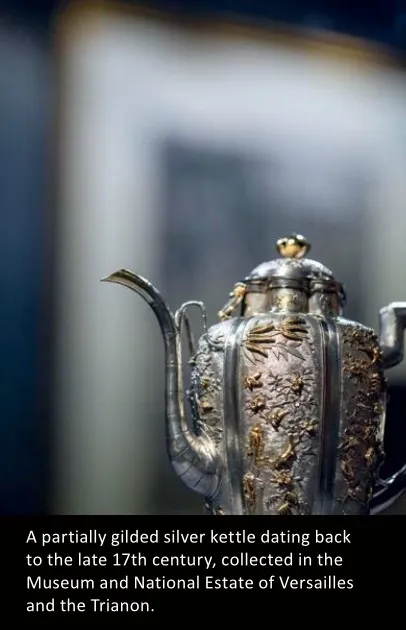
Some rare books and documents in the collection of the Versailles Municipal Library were displayed in the section includingNouveaux memoires sur l’etat present de la Chineby French Jesuit P. Louis Le Comte(1655-1728) and correspondence between French astronomer Jean-Jacques Dortous de Mairan (1678-1771) and French Jesuit Dominique Parrenin(1665-1741). These books and documents spread Chinese information and culture in France and helped Europeans deepen their understanding of China, exerting far-reaching influence in Europe.
A copper-plated pocket watch displayed in a separate exhibition case attracted considerable attention. According to Guo Fuxiang, a researcher at the Palace Museum, the relief on the watchcase is meant to resemble King Louis XIV, the blue enamel and golden fleur-de-lis pattern in the center of the dial are the symbols of the French royal family, and a five-clawed dragon is carved on the watch movement inside. Guo speculated that perhaps the pocket watch was a gift from King Louis XIV to Emperor Kangxi. The pocket watch was made by Isaac Thuret(1649-1706), a royal watchmaker who made timepieces for King Louis XIV. Apparently, the dragon pattern on the pocket watch was specially designed for Emperor Kangxi. The pocket watch was kept in the Hall of Mental Cultivation, where the emperor lived, evidencing Kangxi’s love for it.
Historical Evidence for China-France Cultural Integration
In 1775, 10 porcelain pieces produced during the reigns of Emperor Kangxi and Emperor Yongzheng were sent to Guangzhou, where artisans made imitations. The drawings of the porcelain wares were delivered to France. Three porcelain flower baskets were displayed at the exhibition, including an original from the Kangxi era, an imitation from the period of Emperor Qianlong, and one made in France. This group of cultural relics vividly demonstrated their historical relations and served as historical evidence for cultural integration between China and France.
The exhibition showcased many artifacts from France such as clocks, scientific instruments, and porcelain. The most eye-catching included a French black lacquered clock with a dial plate inlaid with movable copper numbers, gilded copper rulers and goniometers, and a gift from King Louis XV to Emperor Qianlong—a pair of exquisite porcelain vases produced by the French royal porcelain workshop Sèvres.
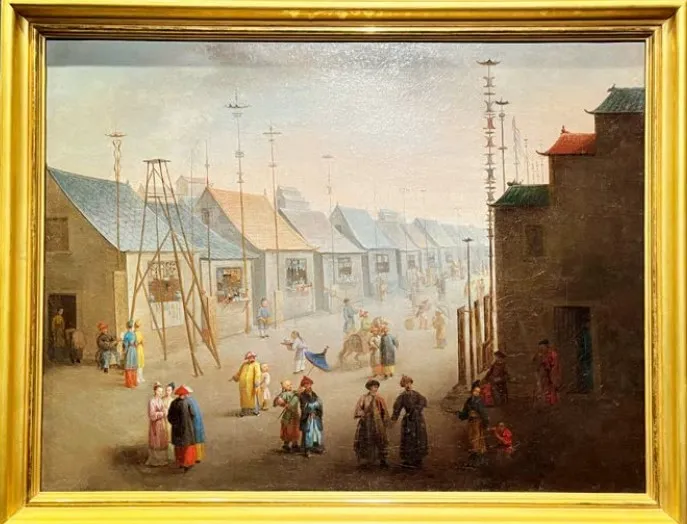
Each of these items demonstrates that French culture exerted a great influence on the Qing Dynasty in many fields such as science, art, architecture, medicine, and cartography, forming a unique“French landscape” in the Forbidden City. At the same time, a considerable number of Chinese artworks were introduced to France, triggering a boom of “Chinese-style art”that was centered on the Palace of Versailles and radiated to every European country.
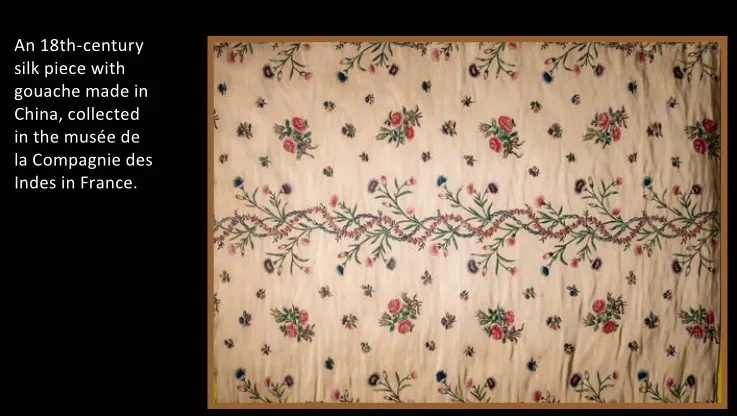
By re-decorating and transforming artworks from China, French artists created a new artistic style that skillfully combined the intricate French gilded copper decoration style with elegant Chinese porcelain. In addition to porcelain, France also actively borrowed elements of Chinese culture from painting, textiles, lacquerware, architecture, gardening, and other aspects. Marie Leszczyńska(1703-1768), the queen consort of King Louis XV, had a penchant for Chinese style. She rearranged her room in the Palace of Versailles twice, once with Chinese-style wallpaper and the other with eight huge paintings depicting Chinese tea. The scenes were specially reproduced at the exhibition, giving visitors a glimpse of Chinese fashion at the Palace of Versailles.
